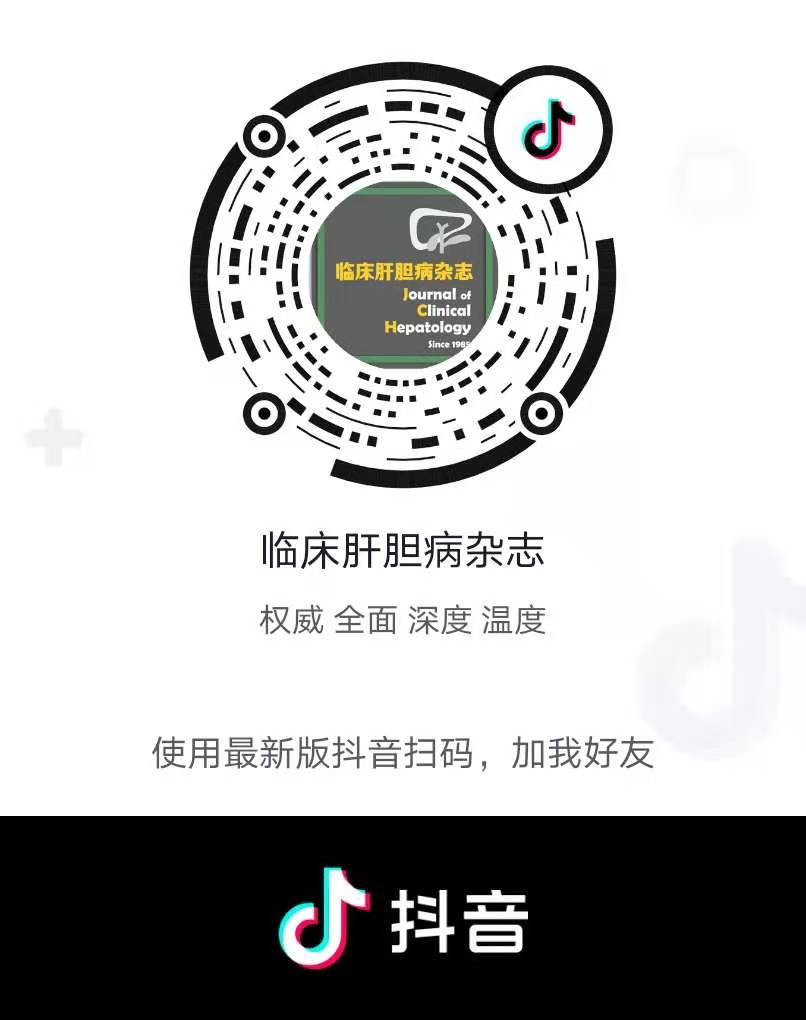Abstract:
Objective To investigate the effect and safety of bilirubin serum adsorption( BSA) in the treatment of patients with chronic severe hepatitis B. Methods A prospective study was performed for 40 patients with chronic severe hepatitis B[prothrombin activity( PTA)> 25%] who were hospitalized in The Second Xiangya Hospital of Central South University from January 1,2014 to December 31,2015,and all the patients were given BSA. The results of routine blood test [white blood cell( WBC) count,red blood cell( RBC) count,hemoglobin( Hb),and platelet( PLT) count],coagulation function [prothrombin time( PT),activated partial thromboplastin time( APTT),and fibrinogen( Fib) ],liver function [total bilirubin( TBil),direct bilirubin( DBil),total bile acid( TBA),albumin( Alb),and globulin( Glb) ],and electrolytes( K+,Na+,Cl-,and Ca2+) were collected before treatment and at 1 week after treatment. Blood pressure,breath,heart rate,and oxygen saturation were observed and recorded before,during,and after treatment,and the presence or absence of symptoms such as fear of cold,pyrexia,dizziness,chest distress,and abdominal pain was observed. The t- test was used for comparison of continuous data between groups. Results All the patients had good tolerance of the treatment,and clinical symptoms were improved after treatment. TBil,DBil,and TBA showed significant reductions,Alb,Glb,and Fib showed slight reductions,and PT and APTT were significantly prolonged( t = 21. 254,22. 395,7. 821,6. 986,7. 580,9. 852,10. 705,and 5. 528,all P < 0. 001). After treatment,Ca2+level was significantly reduced and WBC count increased significantly( t = 6. 924 and 9. 852,both P < 0. 001). At the 1- week follow- up,Alb,Glb,Fib,PT,APTT,Ca2+level,and WBC count almost returned to the same levels before treatment,and TBil,DBil,and TBA showed varying degrees of increases compared with the values after treatment,but remained lower than the values before treatment. Of all the40 patients,12( 30%) experienced adverse events,among whom 3( 7. 5%) experienced fear of cold( or chills),3( 7. 5%) experienced reduced blood pressure,2( 5. 0%) experienced reduced heart rate,1( 2. 5%) experienced nausea and vomit,1( 2. 5%) experienced abdominal pain,and 1( 2. 5%) experienced cold sweat. Conclusion BSA therapy is safe and effective in the treatment of patients with chronic severe hepatitis B and PTA > 25% and has transient effects on patients' coagulation function,serum calcium,and WBC count.

 Abstract
Abstract PDF (363KB)
PDF (363KB)




























